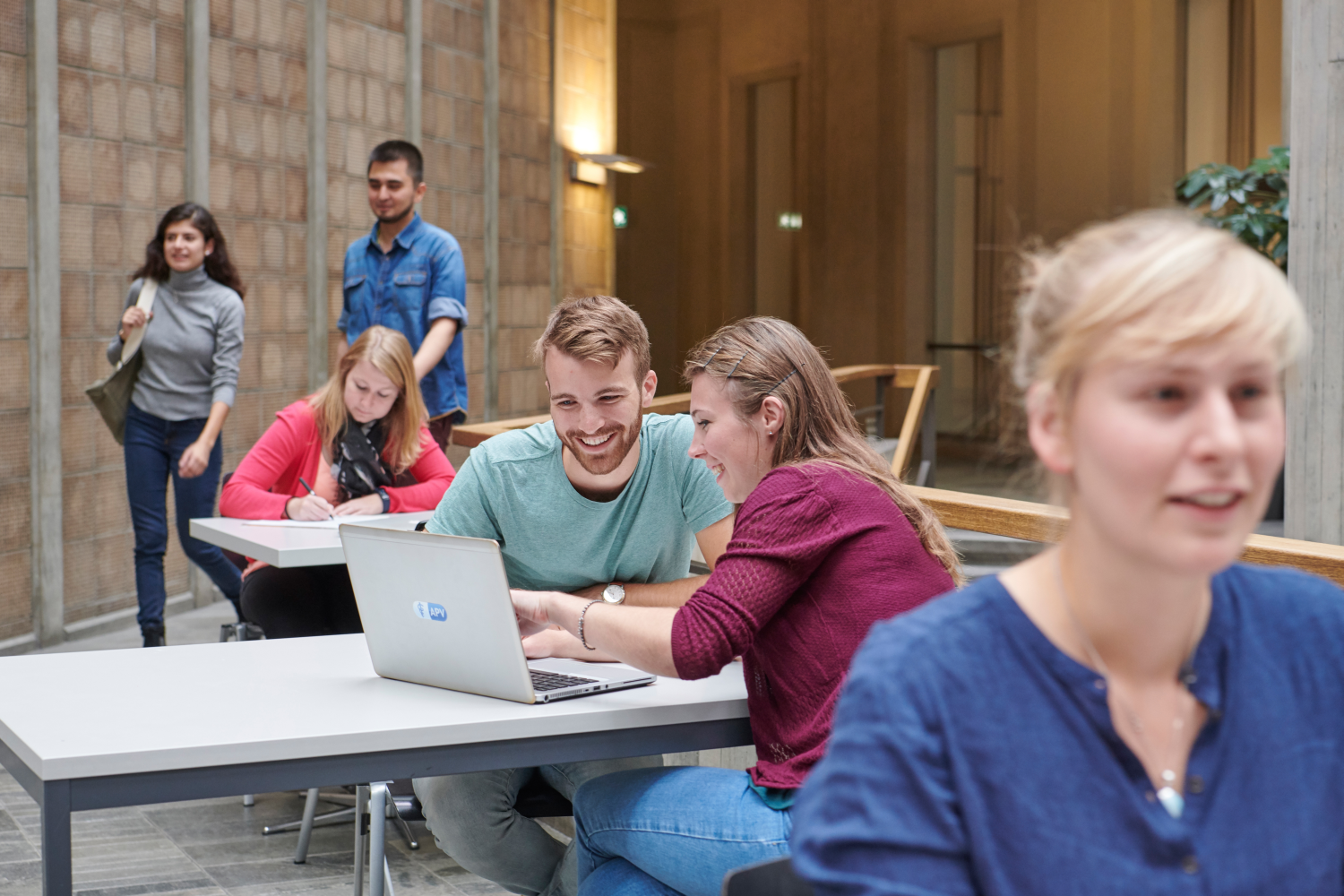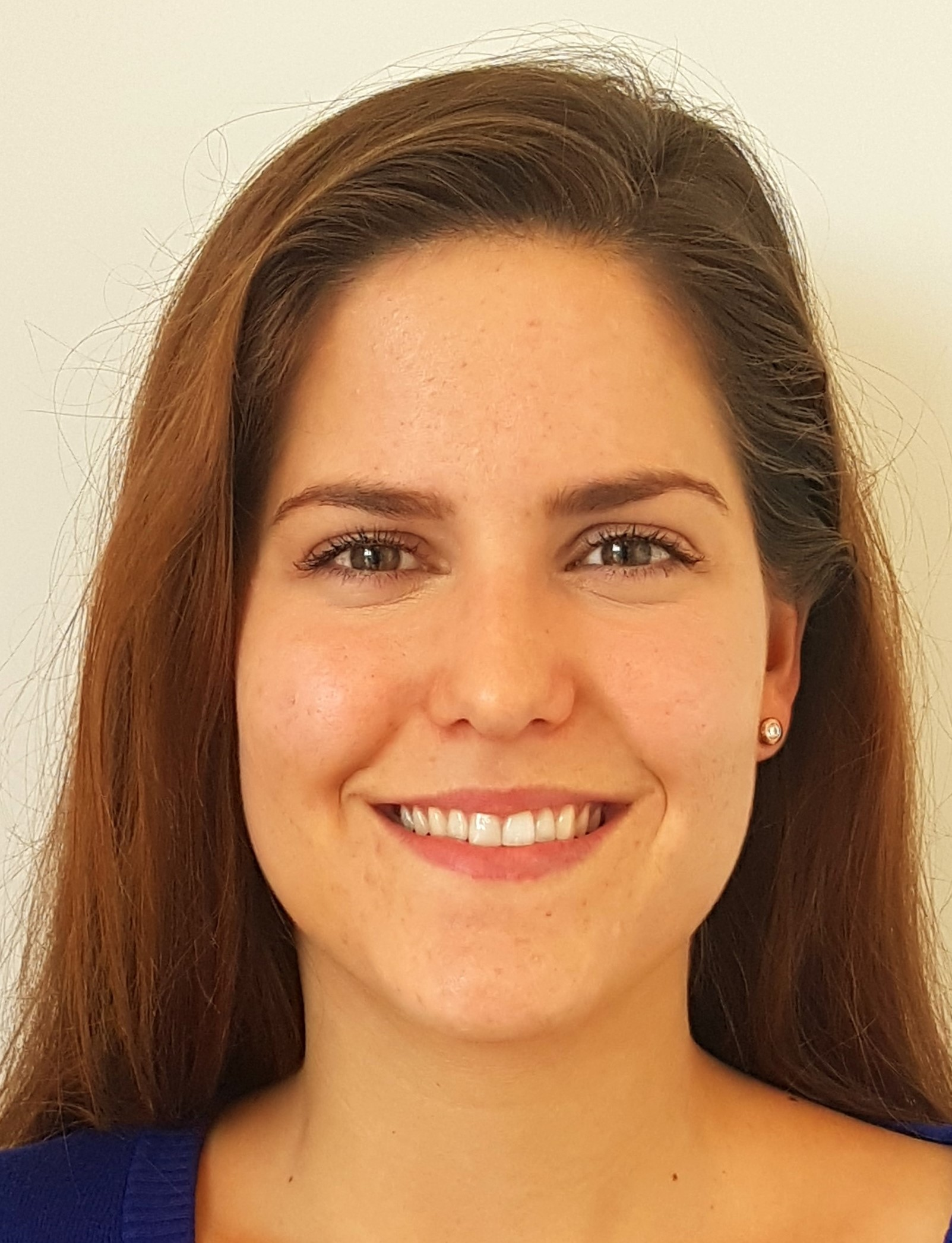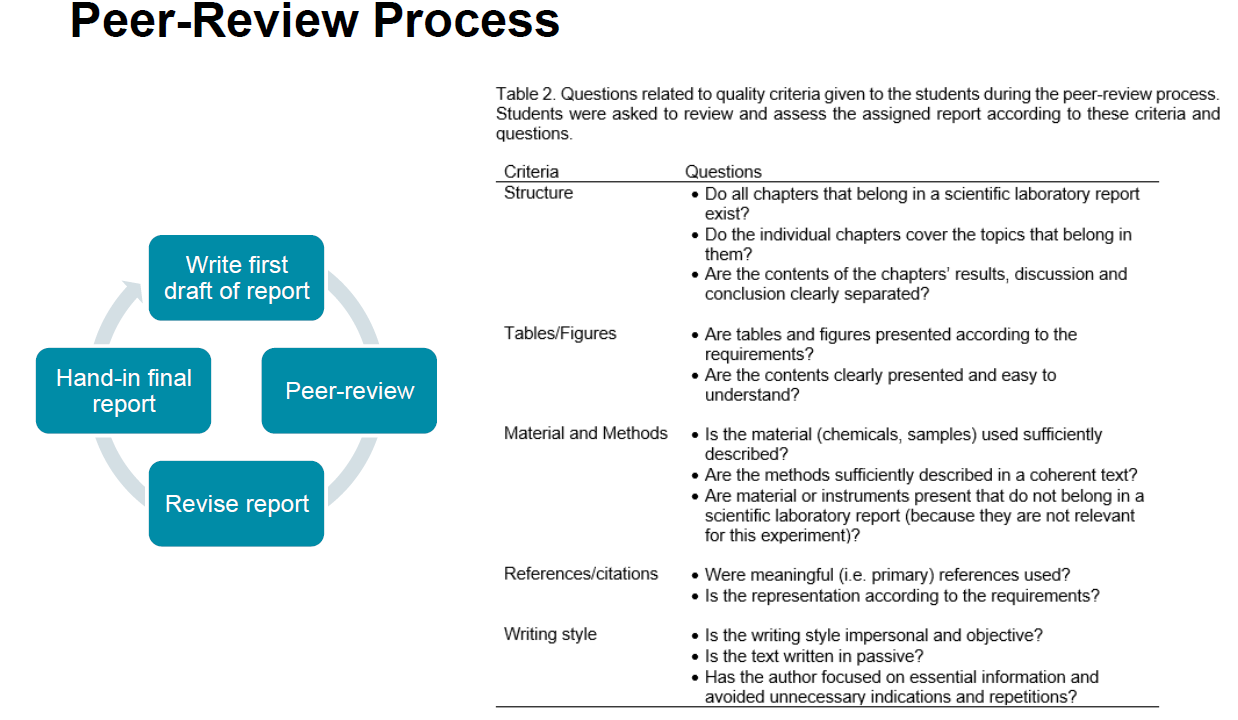Case Study – Peer Review Mastering Digital Business Models
As part of a series of case studies, staff at LET sat down to have a conversation with Prof. Elgar Fleisch, Johannes Hübner and Dominik Bilgeri from the Department of Management, Technology, and Economics (D-MTEC) to discuss their Mastering Digital Business Model (MDBM) course.

What is the project about?
In this Mastering Digital Business Model (MDBM) course, Prof. Elgar Fleisch, Dominik Bilgeri, George Boateng and Johannes Huebner teach Master’s level students a theory- and practice-based understanding of how today’s information technologies enable new digital business models and transform existing ones. The course contains a novel examination mode, a video group project is introduced as a core element contributing to the overall course grade. In addition, students are asked to participate in a peer-to-peer review of the videos produced by other student groups, which is independent of the grading and is geared towards giving students insights in how other groups solved the challenge. The best-rated videos are then shared with the entire class in the end of the semester.
As part of this newly created examination element, course participants (in teams of two to three students) explain one of the major lecture topics (theoretical lenses) in the first half of their video.Then they apply the same lens by analysing a company, aiming to better understand its underlying business model. Companies are pre-selected and allocated to students for fairness reasons. Every year, we choose a pool of interesting companies in the context of digital transformation, the Internet of Things, Blockchain, e-health, etc.
What motivated you to initiate the project?
The core idea was to improve students’ learning success by using an examination format that not only requires learners to reiterate theoretical contents, but also apply the theory in a practical context. The students have different backgrounds, and do not necessarily have a strong business focus, which means that many of the concepts taught in class may be rather abstract. We used the video format and specific companies as case studies, because we think this is a good way to trigger curiosity, show concrete examples of modern companies in a compact form, and force students to reflect deeply upon theoretical frameworks compared to other examination formats.
How did you do it?
Aside from the weekly input lectures, we ask students to form groups in the beginning of the semester. We then provide a list of theoretical core topics from which each group can choose one. In addition, we randomly assign each group to a case company. The theoretical topic then first needs to be explained in the first half of the video, and then be applied to the case company in the second half. Here we thus used a prosumer approach, where students become part of the course because they create a small section of the content. The best videos are shared with the class, and can be reused as additional learning materials for future cohorts. This set-up generally resulted in high-quality videos, perhaps also since students knew their videos will be used again.
Students also had to review the video projects of five other groups. They had to clearly describe whether and how their peers used certain perspectives (called “lenses” in the course) which played a role in the video and in their feedback. In this way they analysed once more how the newly learned concepts were visible in other companies – a positive side effect being that they also honed their reflection and feedback skills.
Did you have the support you needed for the project? Is there additional support you wish you had had to help you to achieve your goals?
We asked two students from previous cohorts to join us as tutors, and support this year’s groups primarily with technical questions about video-making (e.g. tools, quality considerations etc.). In addition, we designed one of the lecture slots as a coaching session during which we would further support student groups with their questions. In total, this approach allowed us to provide the students with high-quality supervision with reasonable effort.
Please describe some of the key outcomes of the project
To most students, the task of creating a video was new. We received feedback that while the initial effort for learning how to make a video was higher compared to other examination formats, it was also fun and very helpful to really understand and apply the new concepts. They said that they learned things more deeply and more sustainably because they had to consider all details and aspects – compared to the practical exercises they are familiar with in other courses. By carefully phrasing their arguments in giving feedback on peer videos, students became more aware of their own thinking and argumentation.
We observed that the questions asked by students once they start creating videos were different and went deeper, i.e. their reflections were based on many concrete examples of companies, and the concepts were put into perspective. The same sub-concepts have a different meaning in another context, and students now see the overarching principles better and can argue more precisely about theoretical aspects. Without these concrete examples, it would have been harder to concretely grasp the theoretical aspects.
How did the project impact learners or the way in which you teach?
We were surprised by the high quality of the best student videos. The teaching team is now really motivated to continue innovating on our approaches in other courses. We saw clearly that when students are very active we get better results, deeper learning and better reflection.
What lessons learned do you want to share with your colleagues?
It can really pay off to try things and to experiment. We think that nowadays the classic format of passive lectures and final exams may not always be the best choice. We believe the improved outcomes through students who were actively engaged by the video assignment justified the investment in developing new approaches and tools.
When considering videos as an examination format, you should define the entire course/project very clearly. When describing what production options students have for videos, you should be very precise. Offering too many options can be counterproductive. It is better to present 3-4 crystal-clear examples and stick to them.
Also, we would recommend managing students’ expectations clearly in the beginning of the semester, and highlighting both the benefits and challenges of this examination format. Of course, this becomes easier after the first year, when you can draw from the experience of the first cohort, and also provide examples of prior videos to illustrate what is expected of the groups. Because the students are co-creators you get new and relevant content which enriches the course and can serve to motivate both students and teachers.
What are the future plans for this work? How do you plan to sustain what you have created through the project?
We plan to optimize some details of this course, and to go even more in the direction of a flipped classroom to use this teaching approach in other courses. We will create a library of the student videos to provide it as additional learning materials in future editions of the course.
Student feedback
By MDBM Student Cristina Mercandetti (mercandc@student.ethz.ch)
- Your opinion about this course and the peer
review & video production process – how has it influenced your learning
process?
Cristina Mercandetti: I really enjoyed both the course and the video production process. I think they complemented each other very well and we were able to directly apply the theoretical knowledge learned in the course to work on our project. It helped me to think more critically about the course content, and really dive into some of the lenses and models presented. I don’t think this would have been possible without the video production, so it definitely improved my learning process.
- Do
you think this approach could be used in other courses?
Cristina Mercandetti: Yes, I think this approach could easily be used in other classes. However, I think part of the fun in this class was that the video production was something very new and refreshing (a side effect was that I learned how to cut a short movie). I imagine that if several classes introduced this it would lose some of its novelty and could be stressful, as it took a lot of time.
- Final remarks about the course
Cristina Mercandetti: I really enjoyed the whole class, and heard a lot of good things from other students too.






